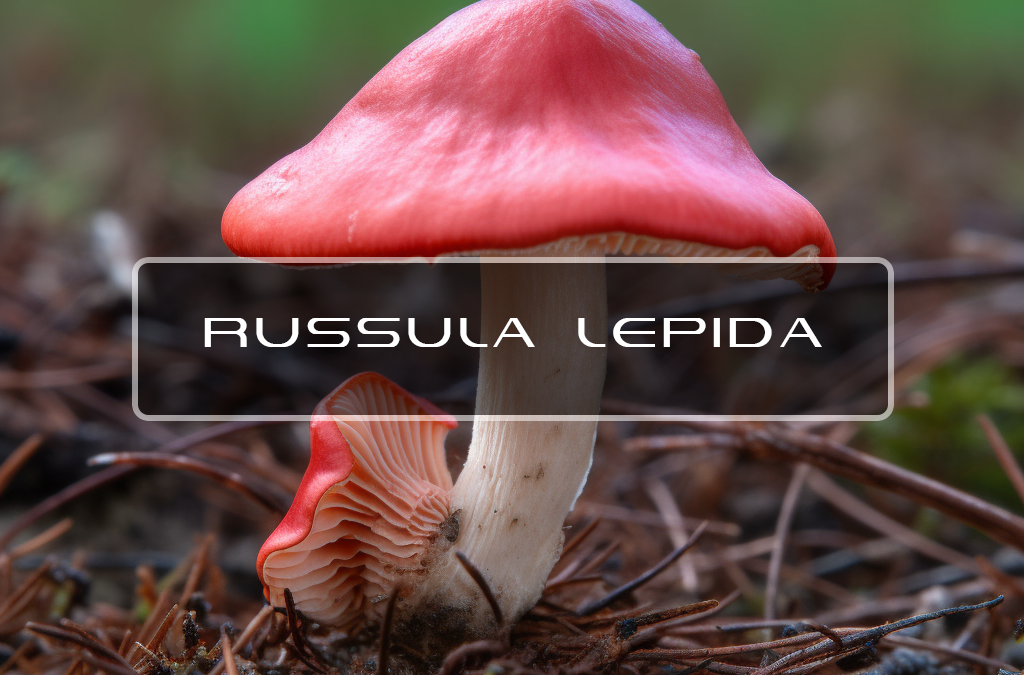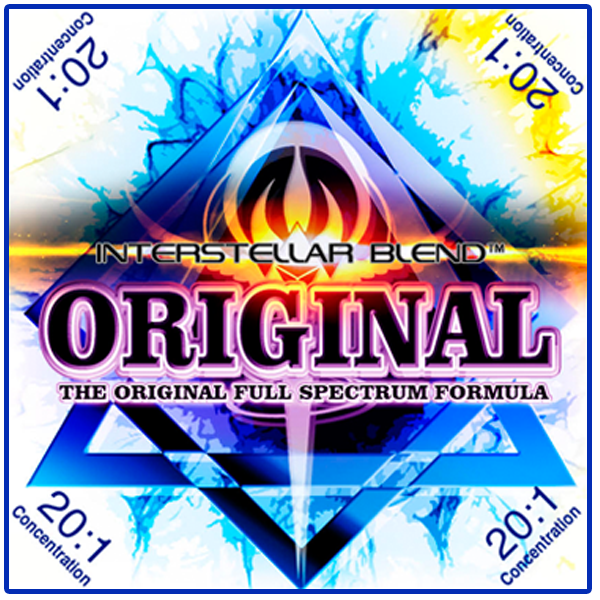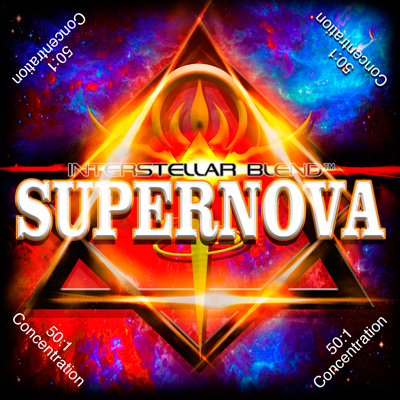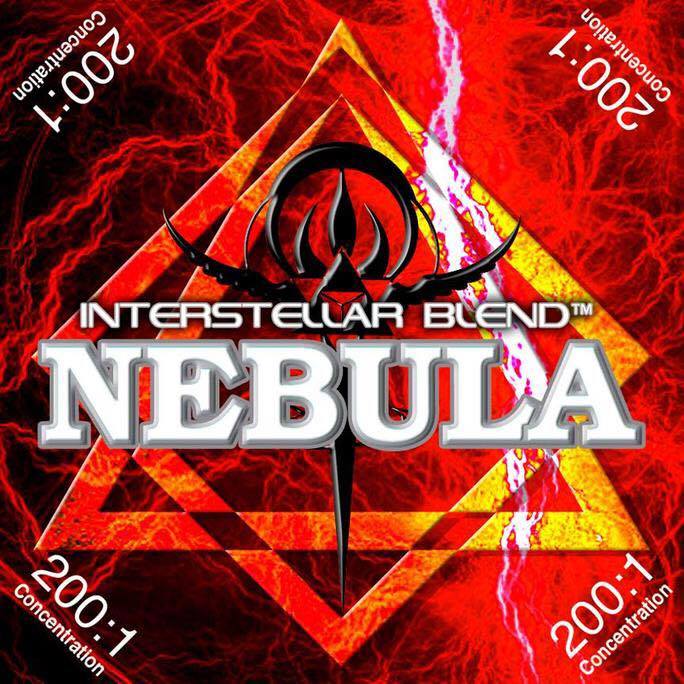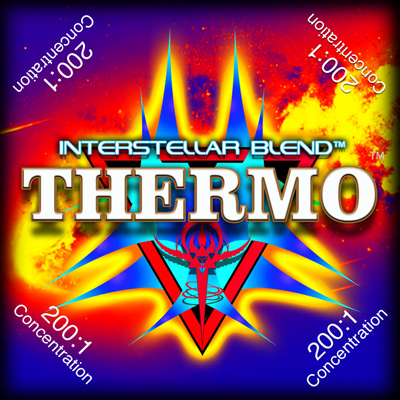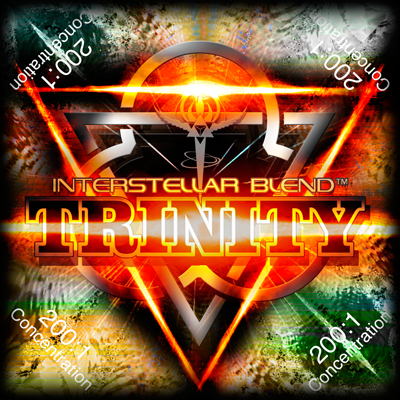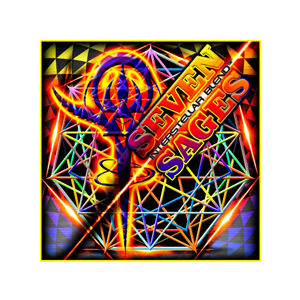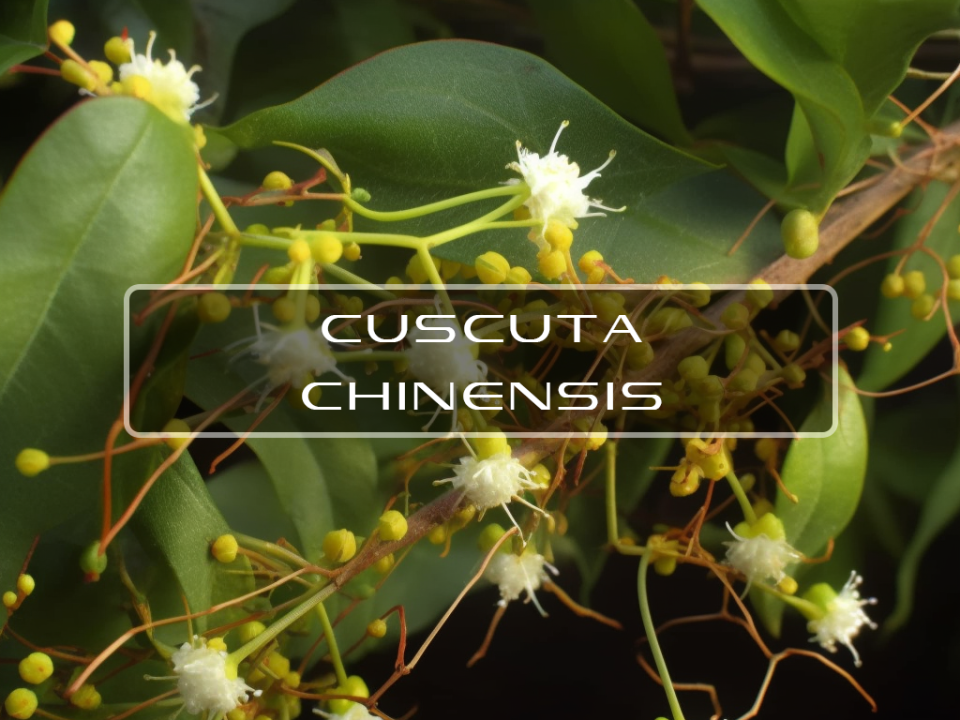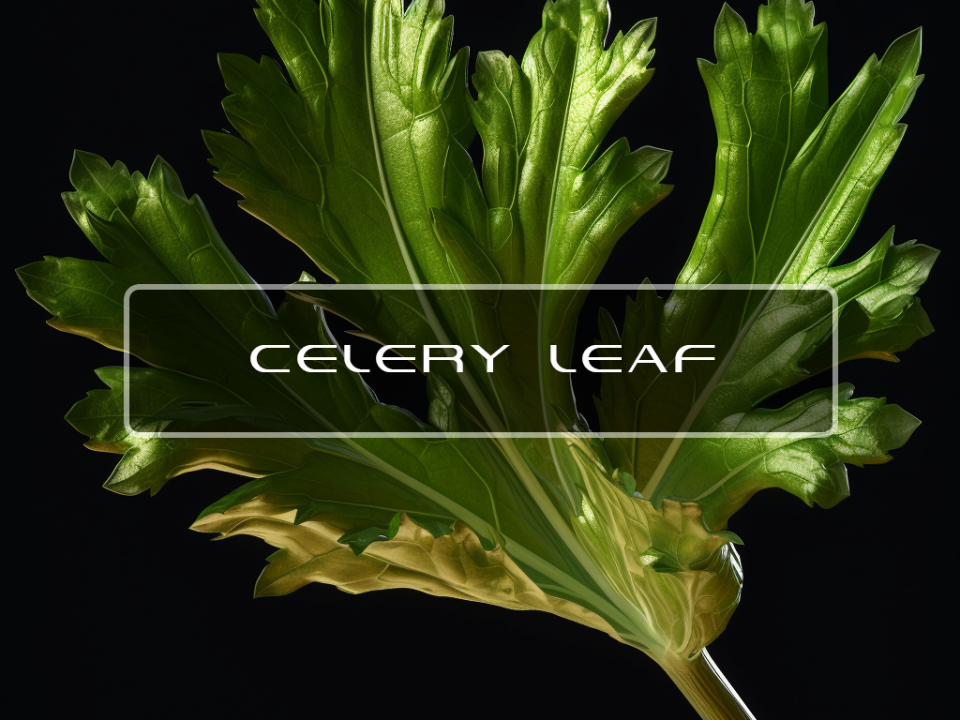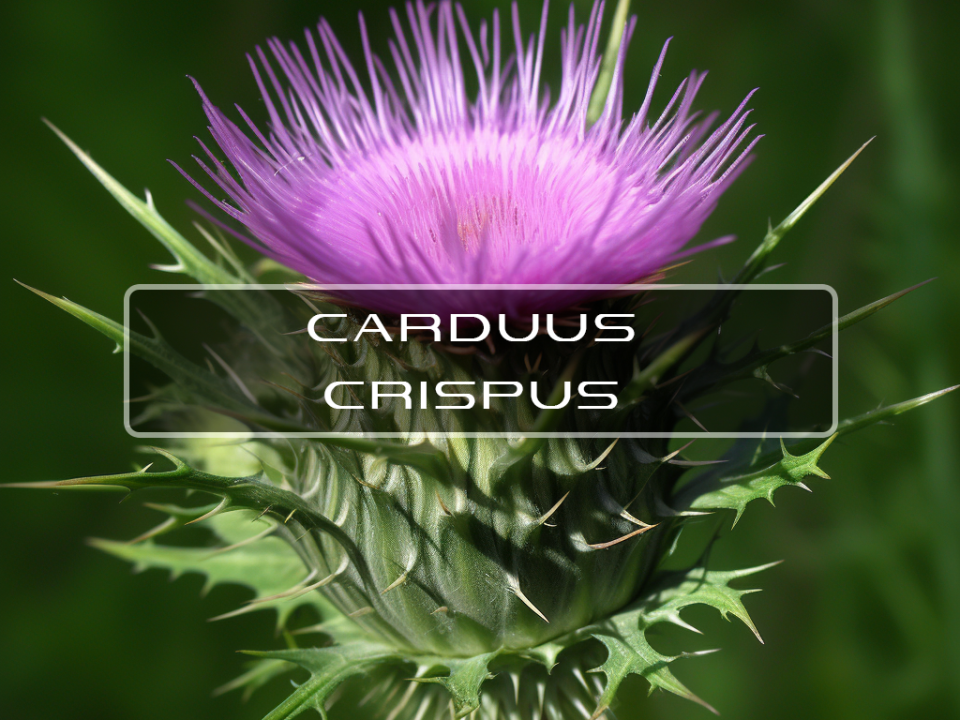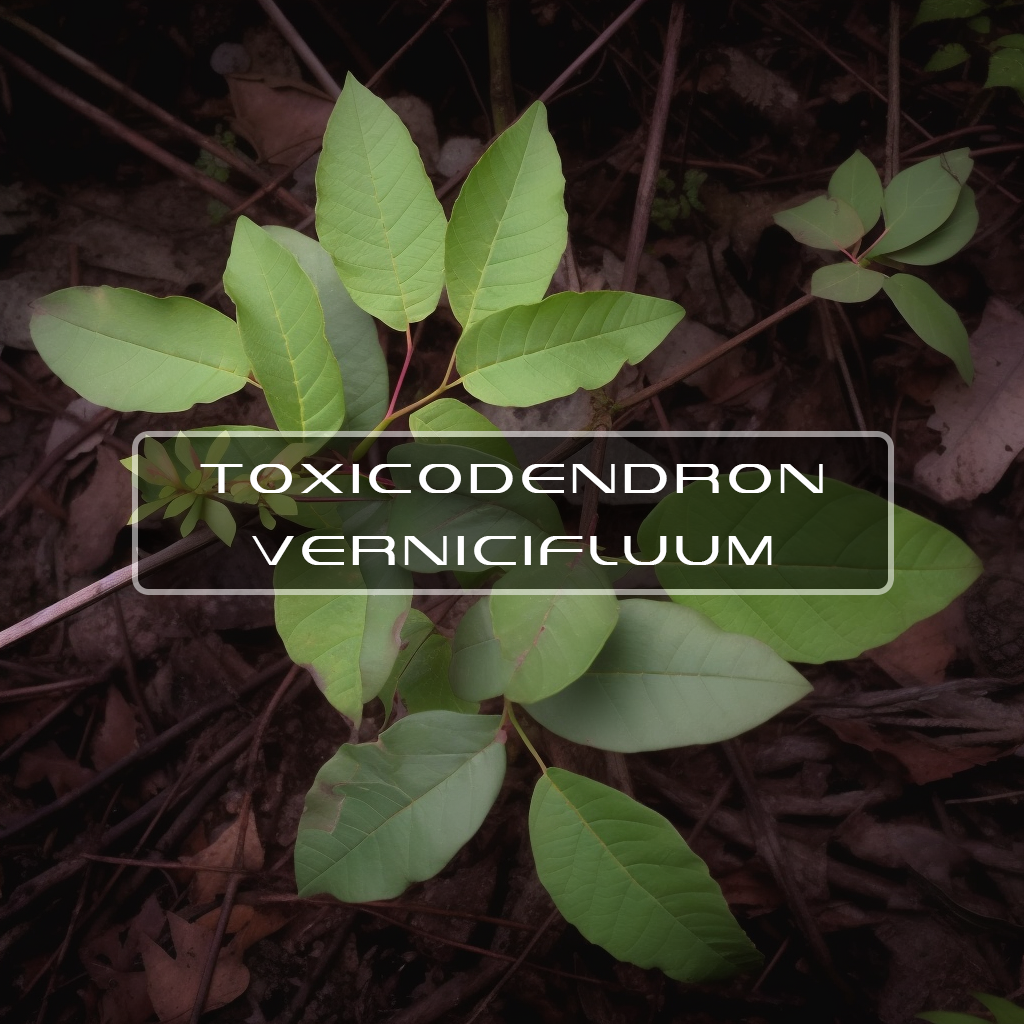
Toxicodendron Vernicifluum
October 12, 2018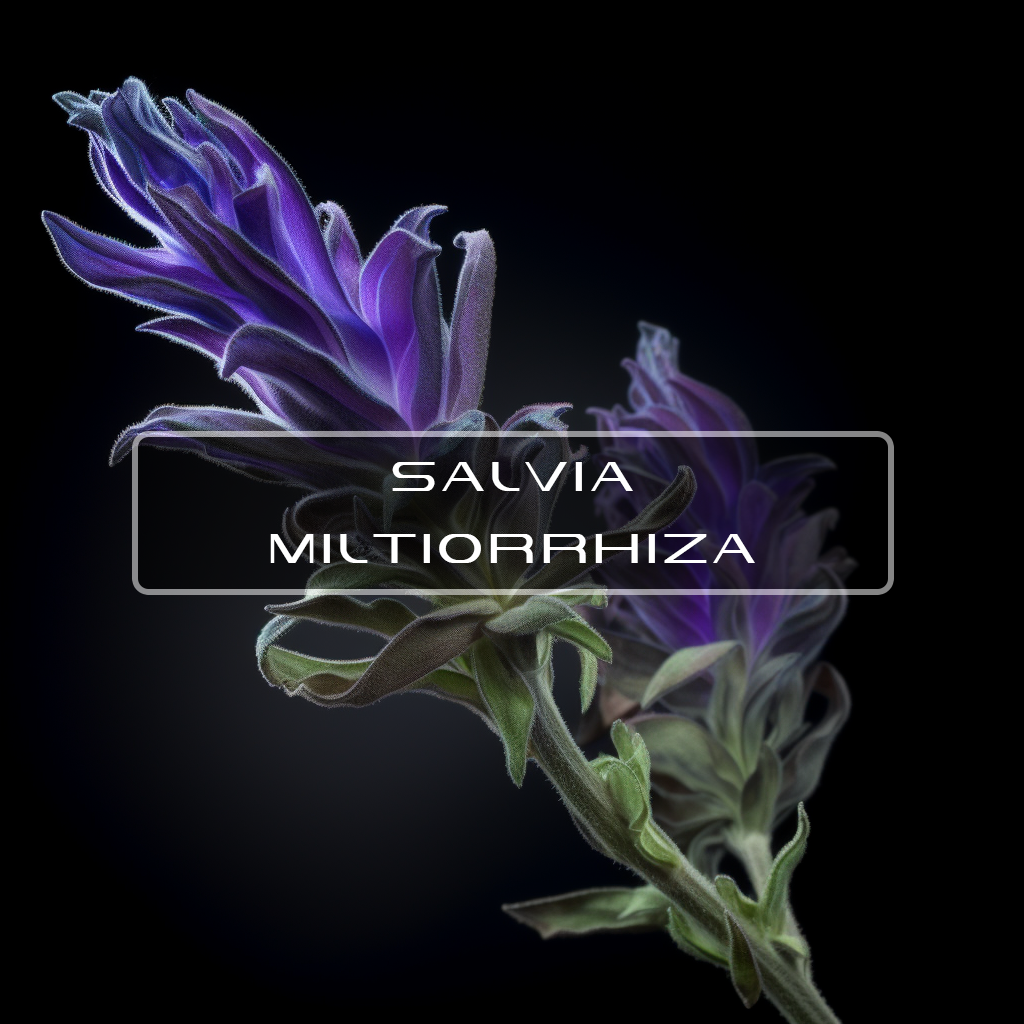
Salvia Miltiorrhiza
October 12, 2018Russula Lepida
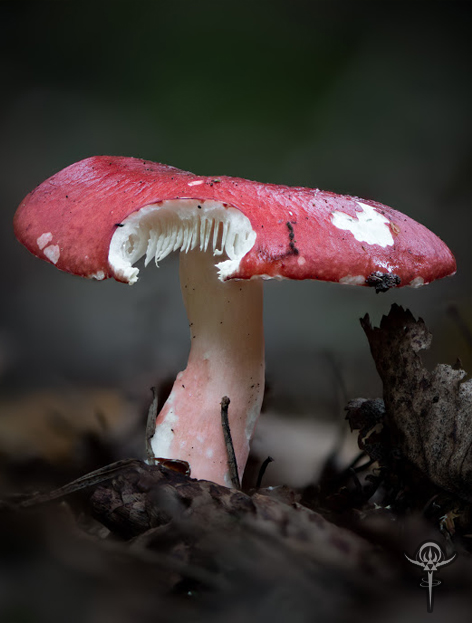
There is another name for this mushroom called "Rosy Russula". It grows typically in the northern climates and can grow to be 10cm in diameter.
You can find these types of mushrooms in forests or near beech trees. While these mushrooms do provide a seasonal food source for deer, squirrels and slugs.
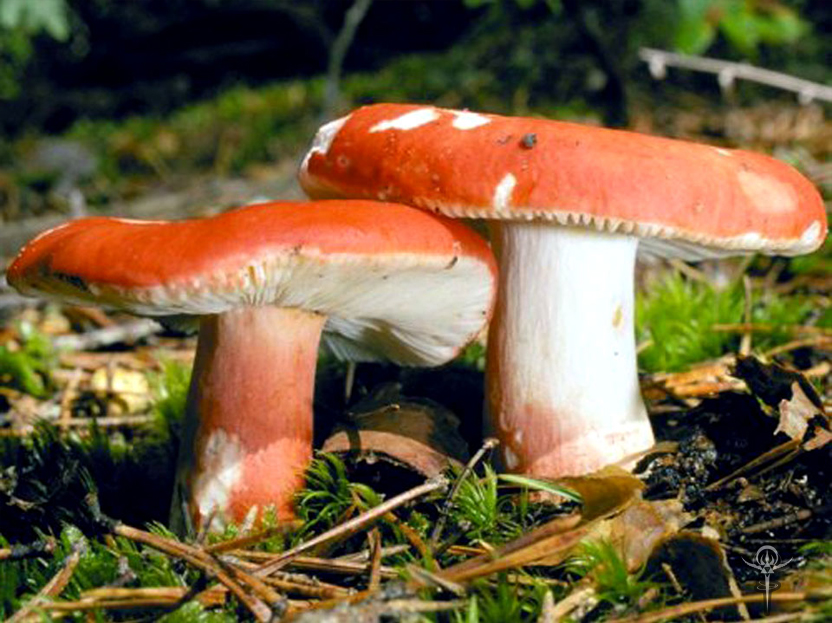
Benefits of Russula Lepida
Daily intraperitoneal injections of RLL (5.0 mg/kg body weight/day for 20 days) brought about 67.6% reduction in the weight of S-180 tumor.
Anti-Cancer - Medicinal mushrooms have been valued as natural sources of bioactive compounds since times immemorial and have been recognized as potential immunomodulating and anti-cancer agents.
Consideration is also given to the benefits that have been claimed for the use of mushrooms in treating cancer and the future prospects of using medicinal mushrooms as potent supportive candidate bioagents for treatment of cancers is discussed.
Fungi produce a variety of proteins with antiproliferative activity toward tumor cells and anticancer activity in tumor bearing mice. The aforementioned fungal proteins include ribonucleases, antifungal proteins, ubiquitin-like peptides, ribosome inactivating proteins, hemolysins, hemagglutinins/lectins, laccases, and protein-bound polysaccharopeptides.
Fungi produce a variety of proteins with antiproliferative activity toward tumor cells and anticancer activity in tumor bearing mice.
The aforementioned fungal proteins include ribonucleases, antifungal proteins, ubiquitin-like peptides, ribosome inactivating proteins, hemolysins, hemagglutinins/lectins, laccases, and protein-bound polysaccharopeptides.

Related Products

